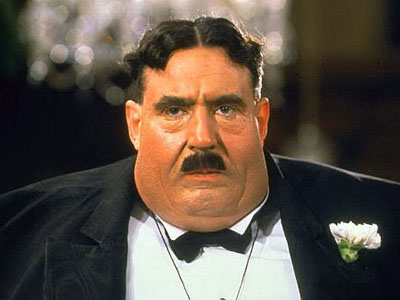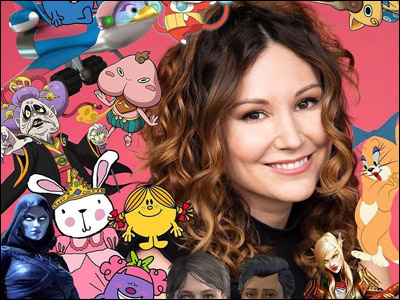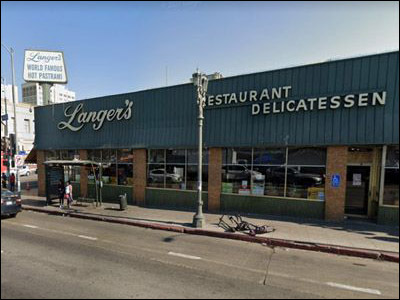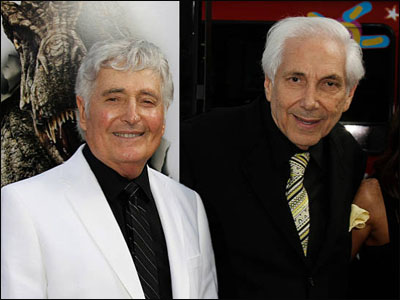From the I-Shoulda-Known Department: I shoulda known when I posted that episode of To Tell the Truth with Mayo Kaan, I would hear from people who knew more about him than I did. And I also shoulda known it might be my friend Steven Thompson. (Actually, I should probably say "one of my friends named Steven Thompson" because I know several. Steve Thompson, the expert on Walt Kelly who helps out with the Pogo reprint books we're doing is a different Steve Thompson and I know others.)

Anyway, the Steven Thompson I'm writing about at the moment did some digging a while ago and seems to have unearthed the truth about the man with the dubious story of having been the first model for Superman. You can read his full report here but here's the summary…
He was a bodybuilder and former artist's model, a lifeguard, and a one-time Vaudevillian, who made a homemade Superman suit in order to promote war bond sales to young people in and around his home town in Massachusetts for a while in 1942 before joining the Navy. Then about 20 years on, a reporter — accidentally or on purpose — referred to him as the original Superman and the story built from there.
People with bogus stories pop up in the news every day, especially in the Internet Era when there are so many sites desperate for content and clickbait. But it is interesting that Mayo Kaan got as far as he did with his claims at a time when the creators of Superman, Jerry Siegel and Joe Shuster, were alive and denying his story…and when the owners of Superman, DC Comics, were also saying he was a fraud.
But it is far from the only time To Tell the Truth got hoaxed. On an earlier version of the show — on the episode for November 26, 1957 — they had on a man named Jack Bothwell who claimed to have been a kid actor in the Our Gang comedies. He was not.
Here is that episode. Mr. Bothwell was in the second of three games that evening and I've configured this video so it should start playing just before that second game…
As I wrote on this very blog way back in 2002…
A few nights ago, Game Show Network ran a 1957 episode of To Tell the Truth in which one of the contestants was Jack Bothwell, a New Jersey restaurant host who said that, in his younger days, he'd played Freckles in the famous "Our Gang" comedies produced by Hal Roach. As per usual for the program, Bothwell and two impostors answered questions from the panel whose mission was to identify the real Jack Bothwell. In this case, their problem was a little more difficult because — as the show's producers obviously were unaware — all three men answering the questions were impostors. You see, there was no character named Freckles in the "Our Gang" films and Jack Bothwell never appeared in any of them.
And as you may have noticed, one of the "impostors" in the segment was Barney Martin, who later had a pretty good acting career.
I'm sure there are other examples of frauds on old game shows and I intend to get to the bottom of this. As several of you noted in e-mails to me, the Mayo Kaan episode of To Tell the Truth lists my buddy Dick DeBartolo in the credits. Dick worked on a lot of Goodson-Todman game shows when he wasn't being one of the best and most prolific writers for MAD magazine. I have dispatched an e-mail to Dick asking — no, demanding to know if he recalls any fallout from that episode.
And I'd also like to know if this kind of thing happened on any other game show Dick worked on and if so, what did they do about it? I'm guessing they did nothing, which would not have been the fault of someone on the staff like Dick. The producers wouldn't want to get into a lawsuit — even one they were sure they could win — over something that would be so quickly forgotten. I will let you know what Dick says…assuming he has the courage to respond.




